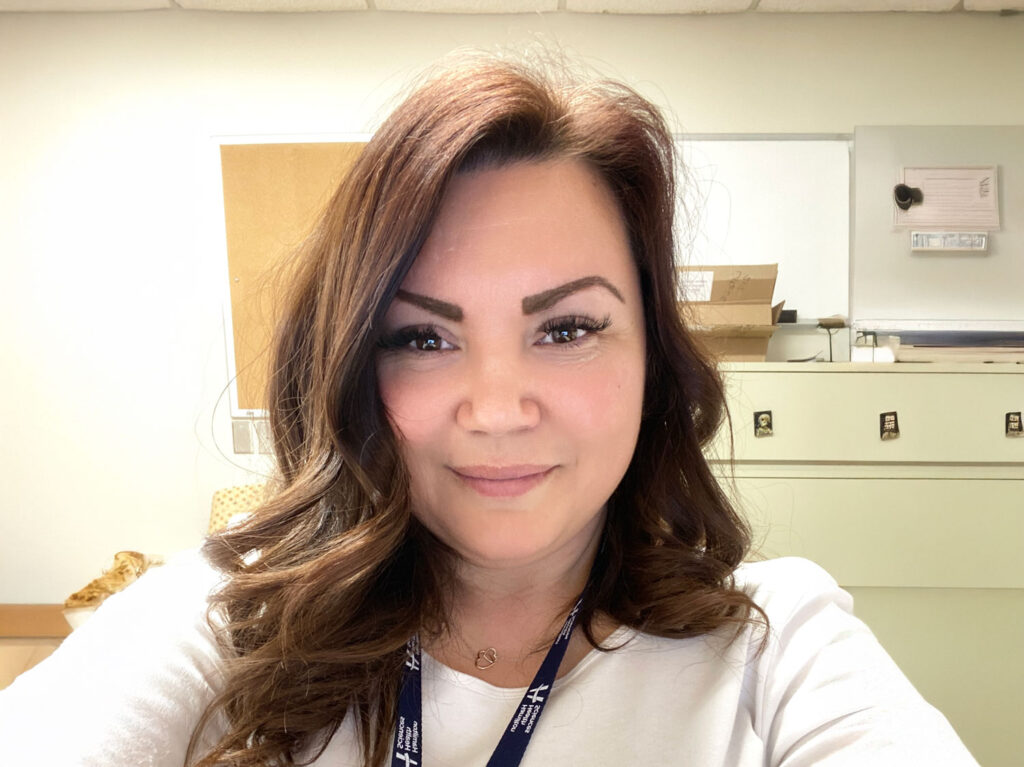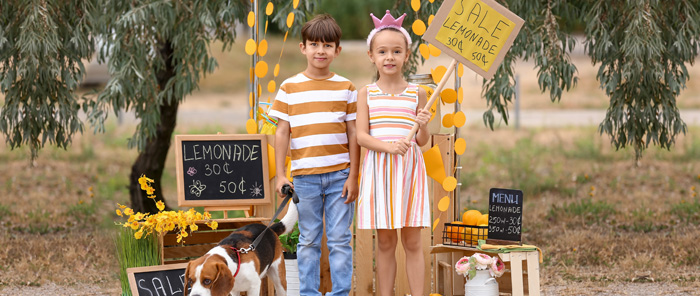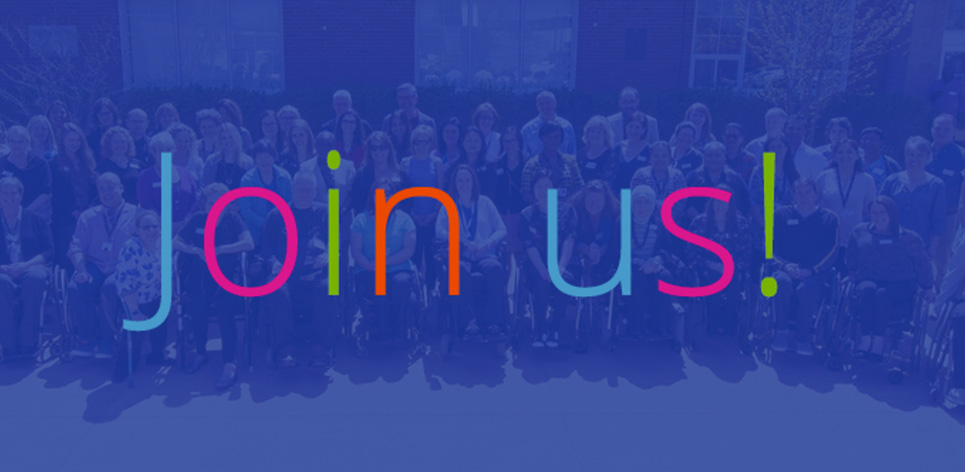September 30 is National Day for Truth and Reconciliation in Canada—a time to reflect on the impact of residential schools, honour Survivors, and recognize the strength of Indigenous communities. At Spinal Cord Injury Ontario, we believe that listening, learning, and amplifying Indigenous voices is a vital part of reconciliation.
This year, we spoke with Melissa Sockanowich, RPN, Indigenous Outreach Coordinator with the HNHB Regional Cancer Program, who generously shared her reflections on truth, reconciliation, and healing both within her community and through her professional and personal experiences.
1. What does truth and reconciliation mean to you personally?
Truth and reconciliation to me is about living by the Grandfather Teaching of Truth. Without truth, there can be no healing. Reconciliation is about Respect and Love, restoring the relationships that were broken by colonial harm. It’s like bringing our bundle back together after it has been scattered. The Four Sacred Medicines—tobacco, cedar, sage, and sweetgrass—teach us that reconciliation must be both cleansing and renewing. Like the Medicine Wheel, reconciliation is about balance: spiritual, emotional, physical, and mental healing between Indigenous and non-Indigenous peoples.
2. In your experience, what barriers continue to hinder reconciliation efforts in Canada?
One barrier is forgetting that reconciliation is not just political, it’s sacred work. Too often, it becomes symbolic rather than action rooted in the Grandfather Teaching of Honesty. Colonial systems still operate in healthcare, education, and justice, keeping us from walking in balance on the Medicine Wheel. Racism, denial, and policies that do not honor Indigenous languages or ceremonies are barriers. Without giving space for the Four Medicines, our traditional ways of cleansing, praying, and grounding, true reconciliation is blocked.
3. How can non-Indigenous Canadians meaningfully participate in reconciliation not just on September 30 but all year round?
To live reconciliation daily, non-Indigenous people can walk in the Grandfather Teaching of Humility. That means being open to learning from Elders, offering tobacco when asking for knowledge, and supporting Indigenous-led initiatives. It’s about joining in land-based healing, smudges, and ceremonies with respect. Using the Medicine Wheel as a guide, reconciliation is not just about knowledge (mental) but also about compassion (emotional), building better systems (physical), and walking with spirit (spiritual). Carrying these teachings all year shows that reconciliation is a living practice, not a one-day event.
4. What role do storytelling, language, and culture play in the healing journey for you and your community as you reflect on your own spinal cord injury journey?
Our stories are like sweetgrass braids, they bind us together and carry healing. Storytelling allows me to share my journey in a way that honors the Grandfather Teaching of Wisdom, turning hardship into teaching. Our languages hold the spirit of our ancestors; they cannot be separated from who we are. I feel balance in the four directions of the Medicine Wheel. Culture, our songs, ceremonies, medicines, and land, reminds me that healing is not only physical. The smudge clears my spirit, the drum carries my heartbeat, and storytelling strengthens my connection to community as I walk my path with any injury.
5. What gives you hope for the future of Indigenous communities in Canada?
My hope comes from seeing our youth live the Grandfather Teaching of Bravery, picking up the drum, learning their languages, and standing tall in their identities. I see our Elders still offering teachings, our communities reclaiming land, and our ceremonies becoming strong again. Like the Four Medicines, our people are resilient: tobacco carries our prayers, cedar protects us, sage cleanses us, and sweetgrass reminds us of kindness. The Medicine Wheel teaches us that healing comes in cycles, and we are moving into a time of renewal. The fact that we are still here, speaking truth and carrying culture forward, is proof that our ancestors’ prayers are alive within us.
Closing Reflection
Truth and Reconciliation is more than a day of remembrance—it is a call to action and a commitment to healing. By listening to Indigenous voices, learning from traditional teachings, and supporting Indigenous-led initiatives, we can take meaningful steps toward rebuilding relationships and restoring balance.
At SCIO, we honour this day and continue to walk alongside Indigenous communities in the spirit of respect, humility, and healing.


